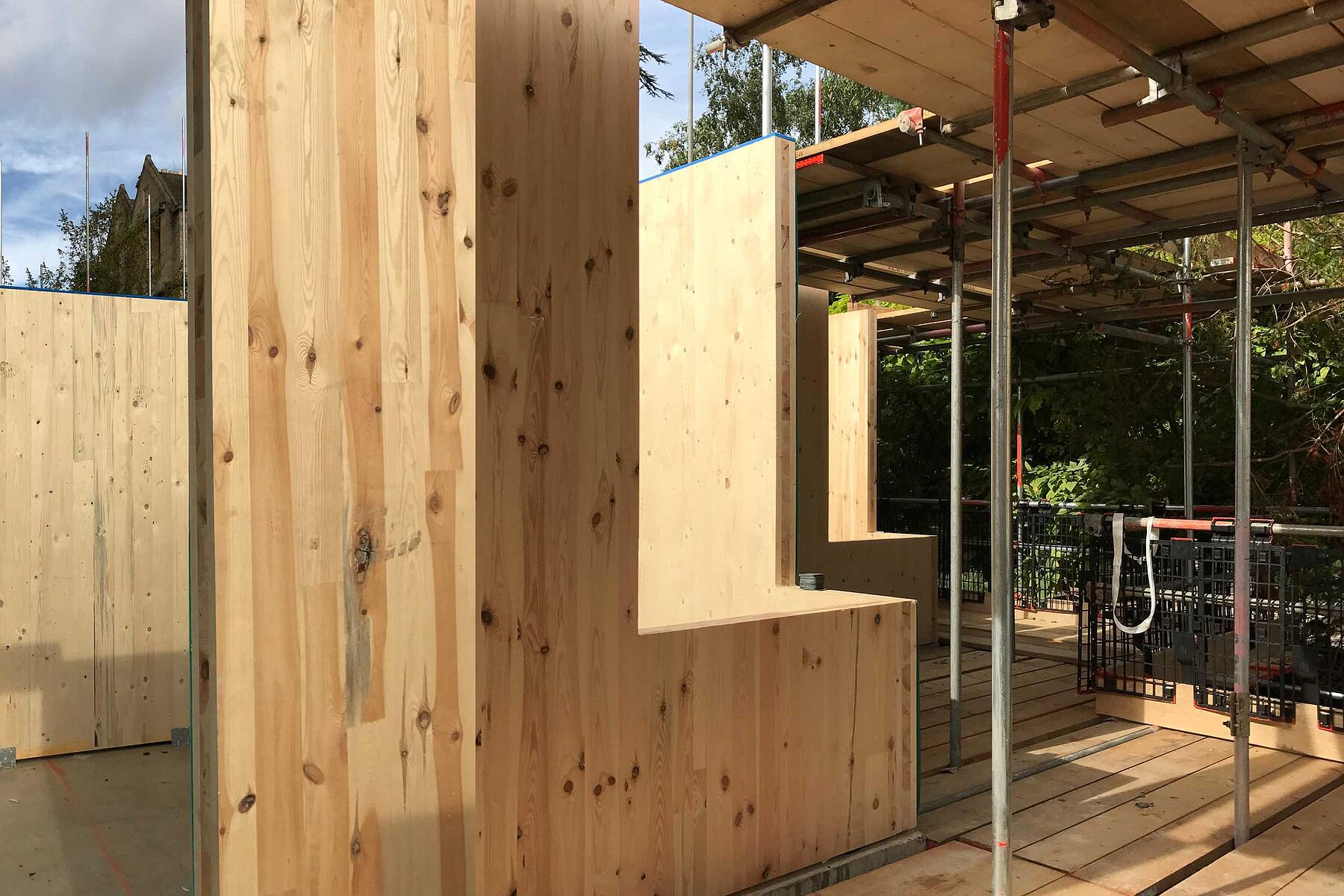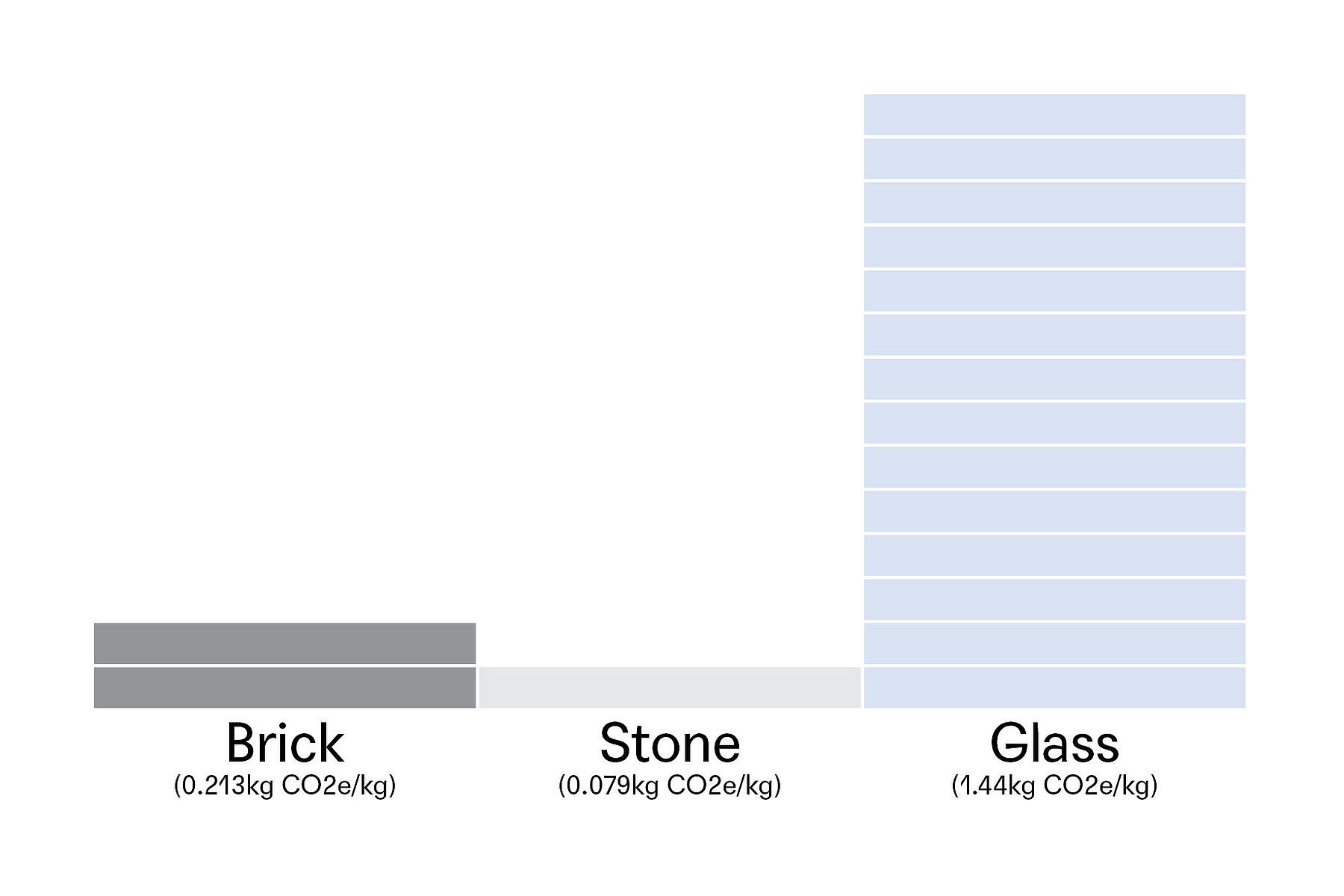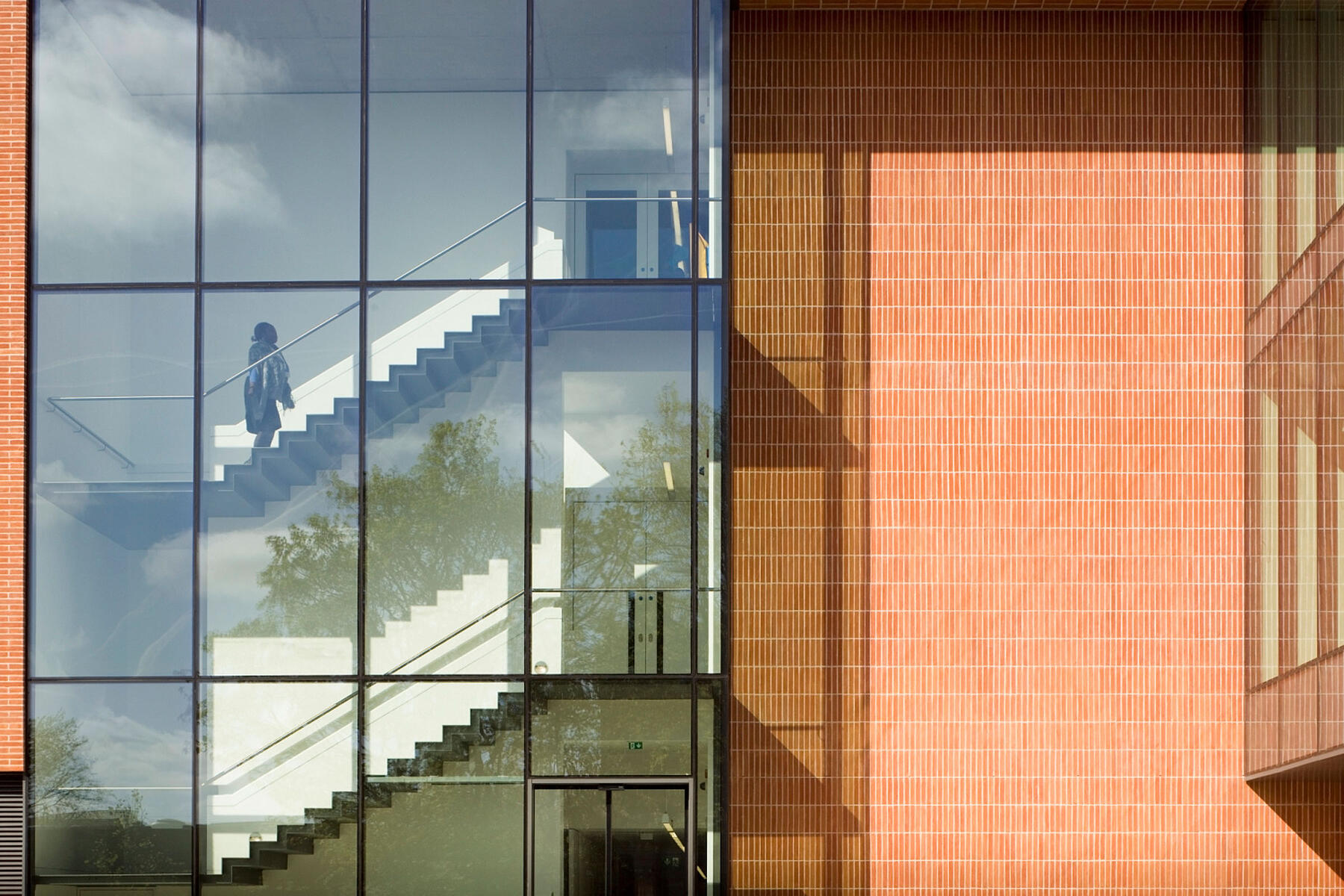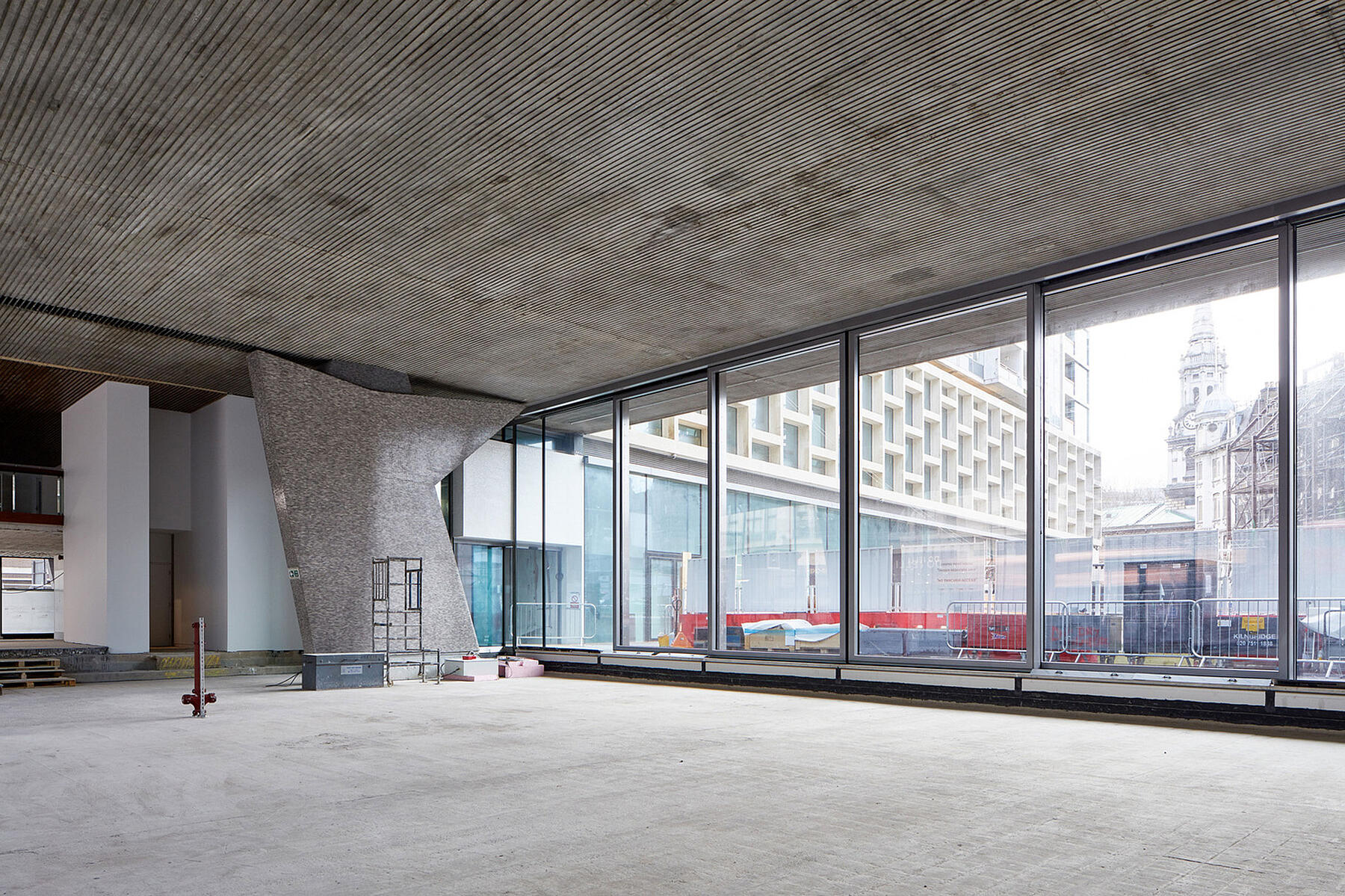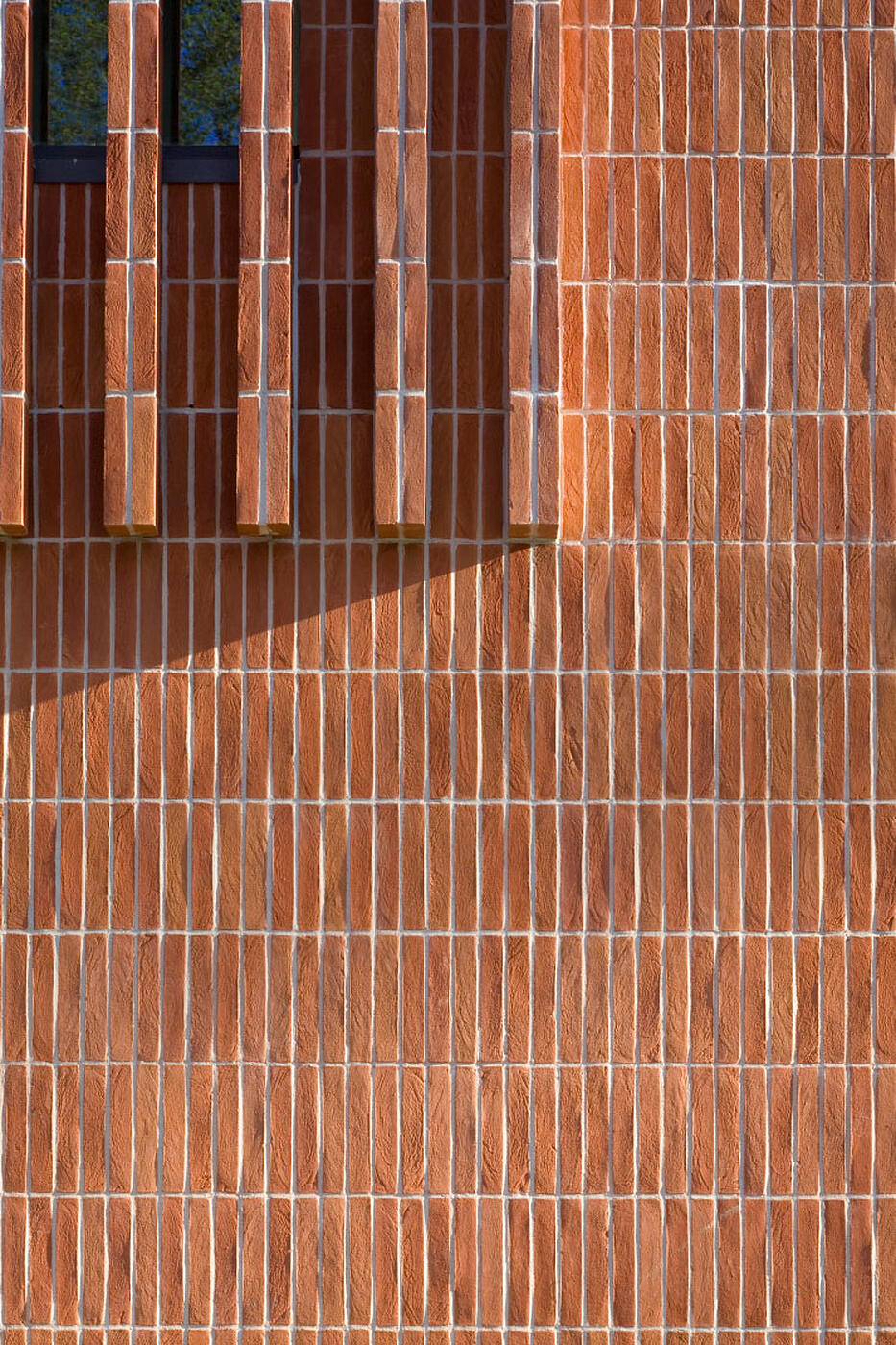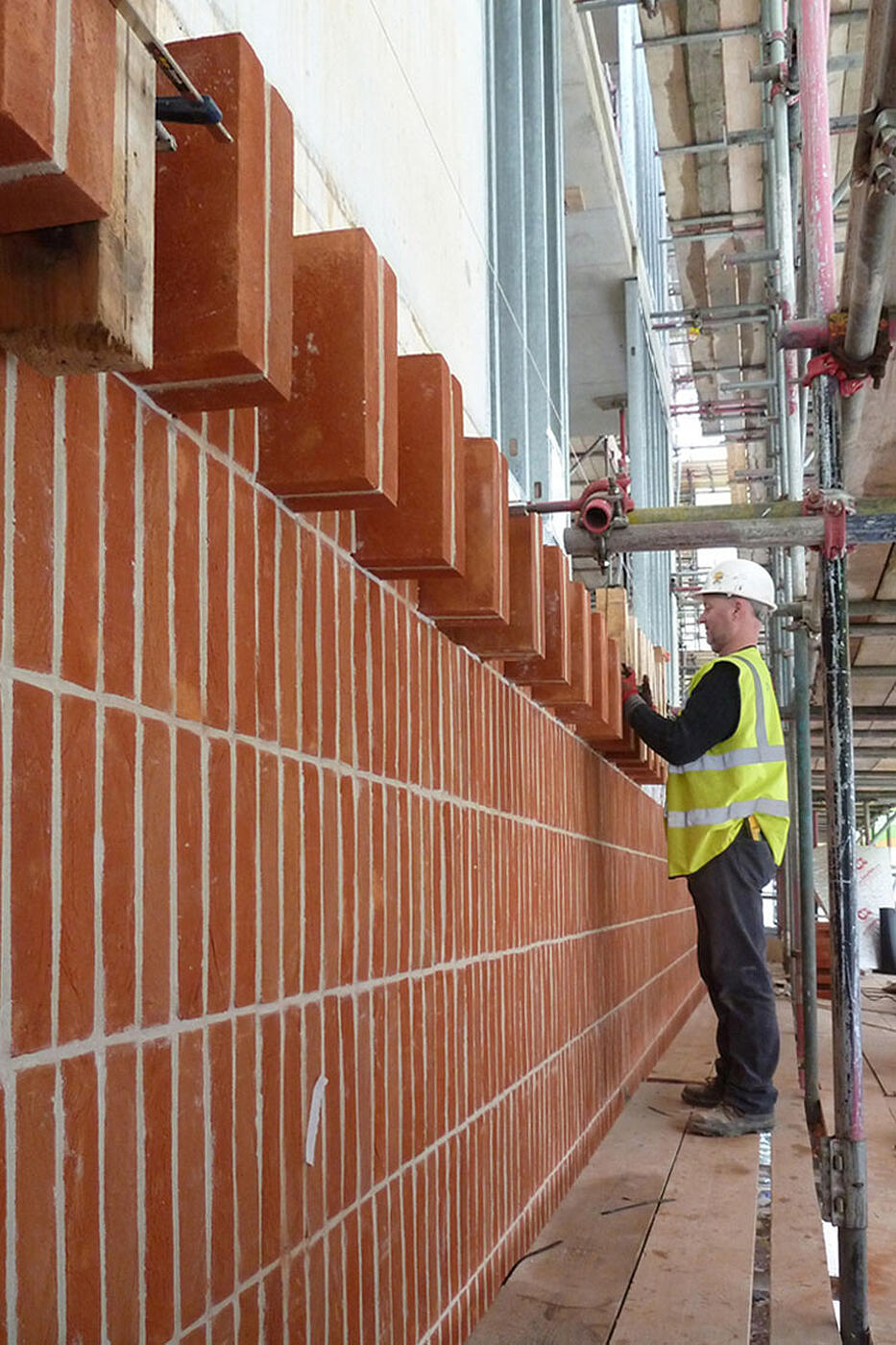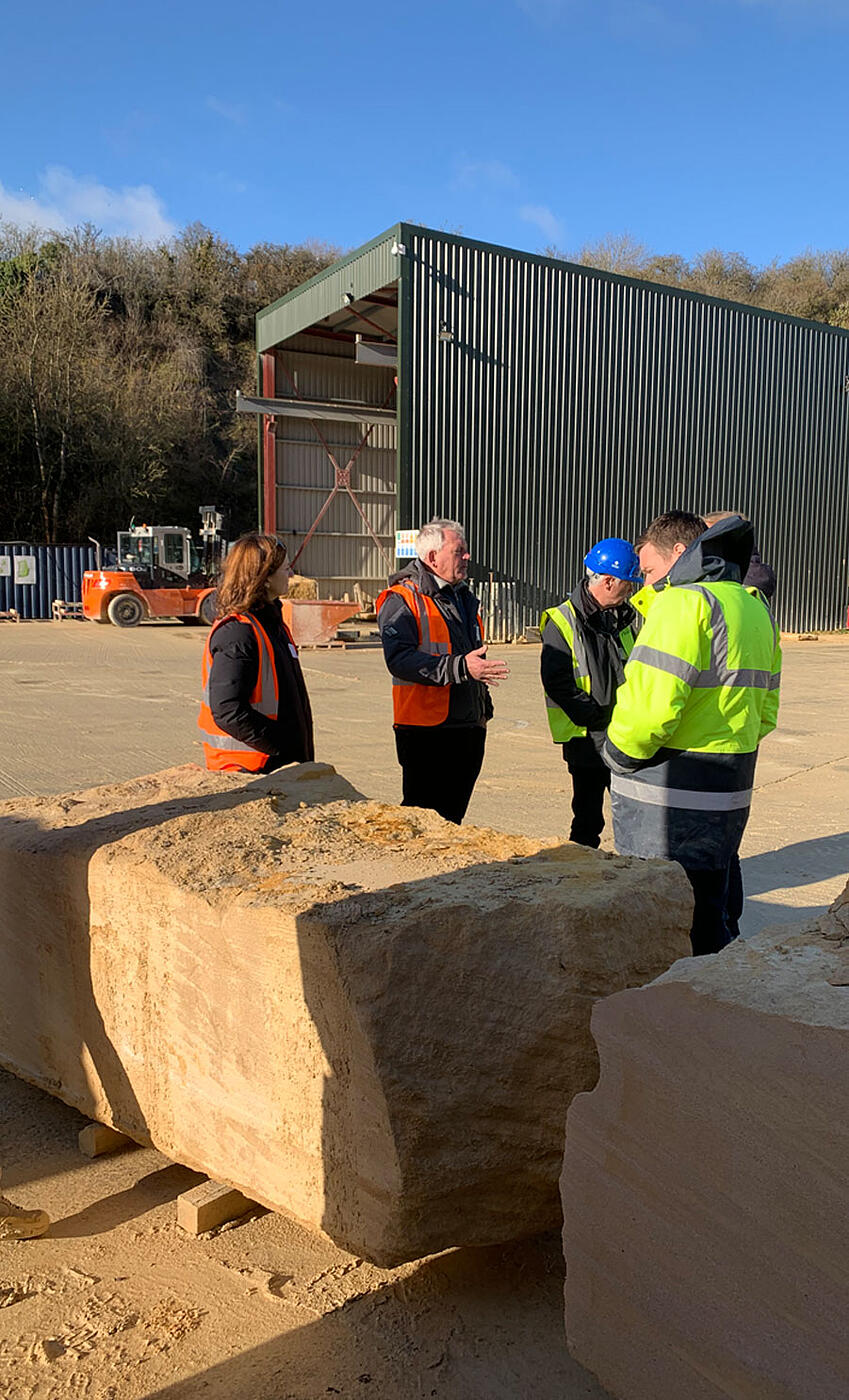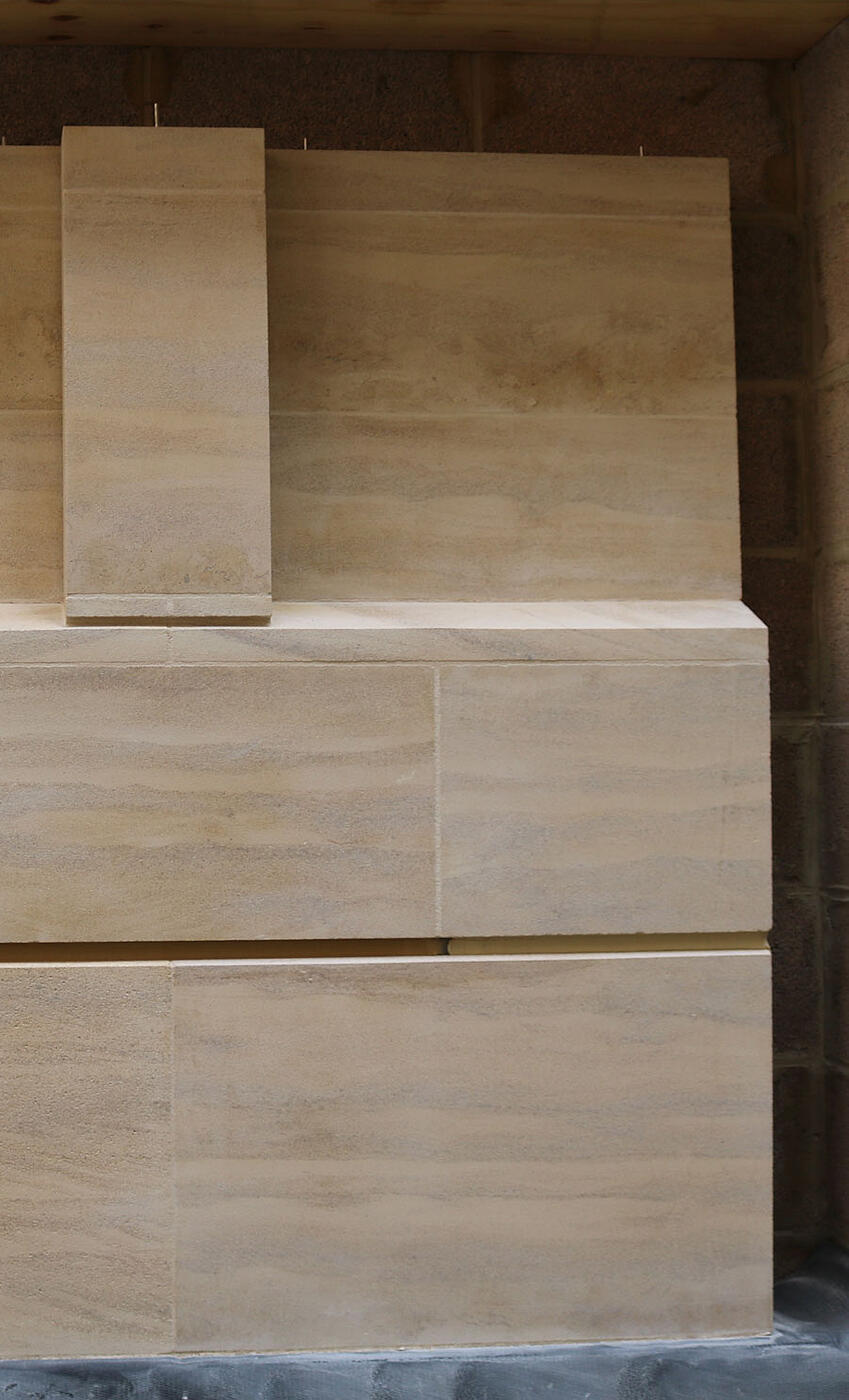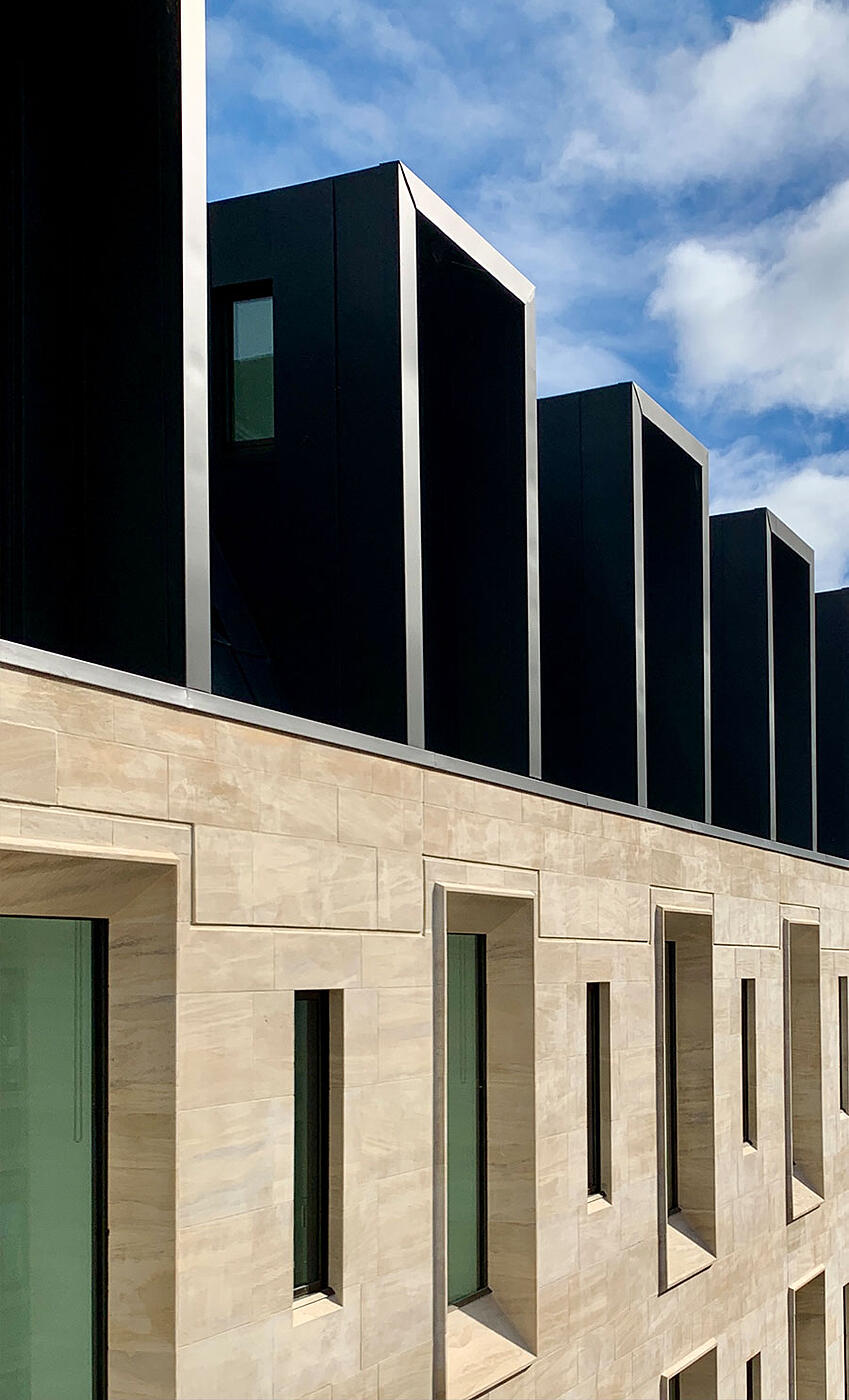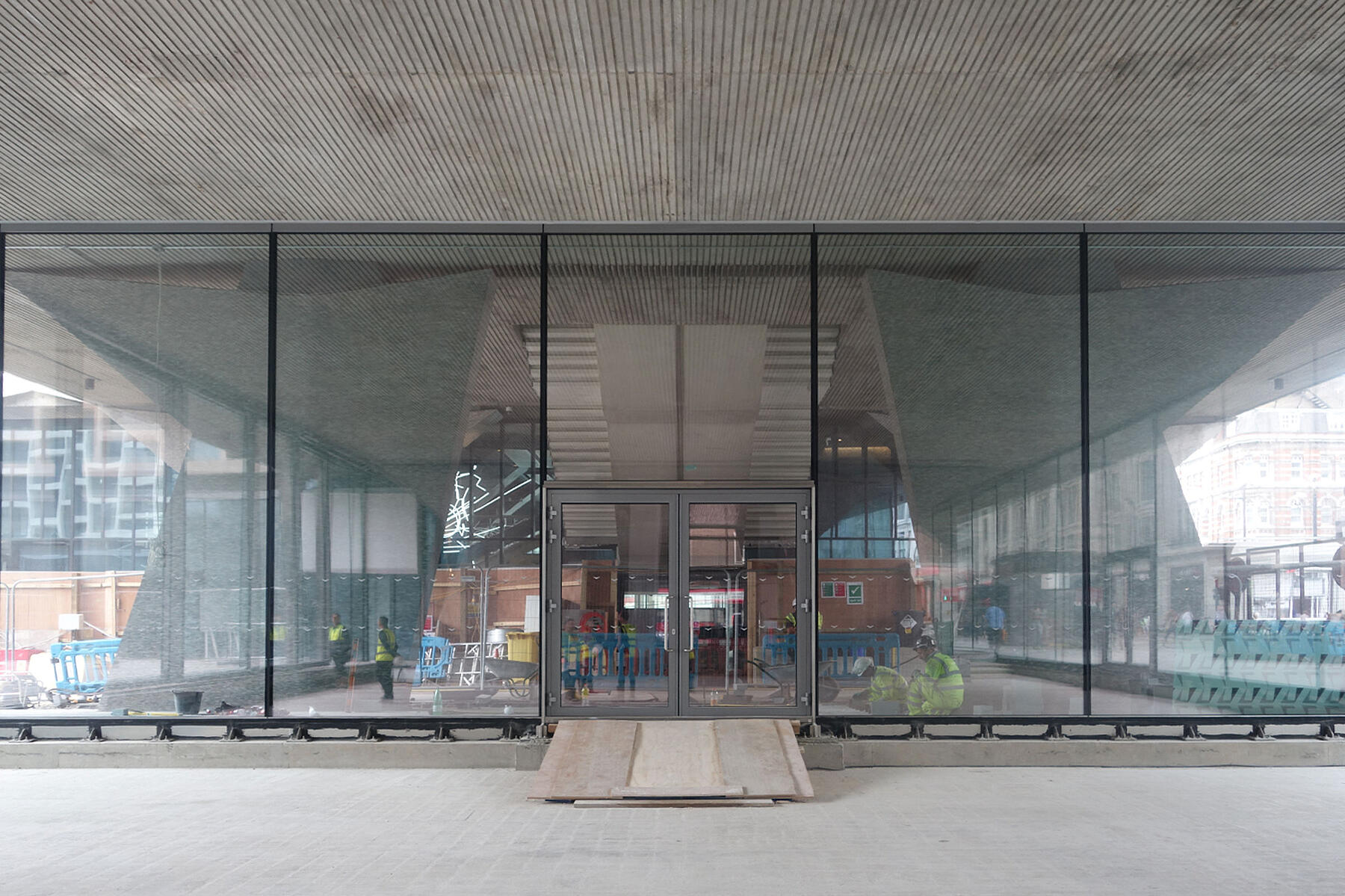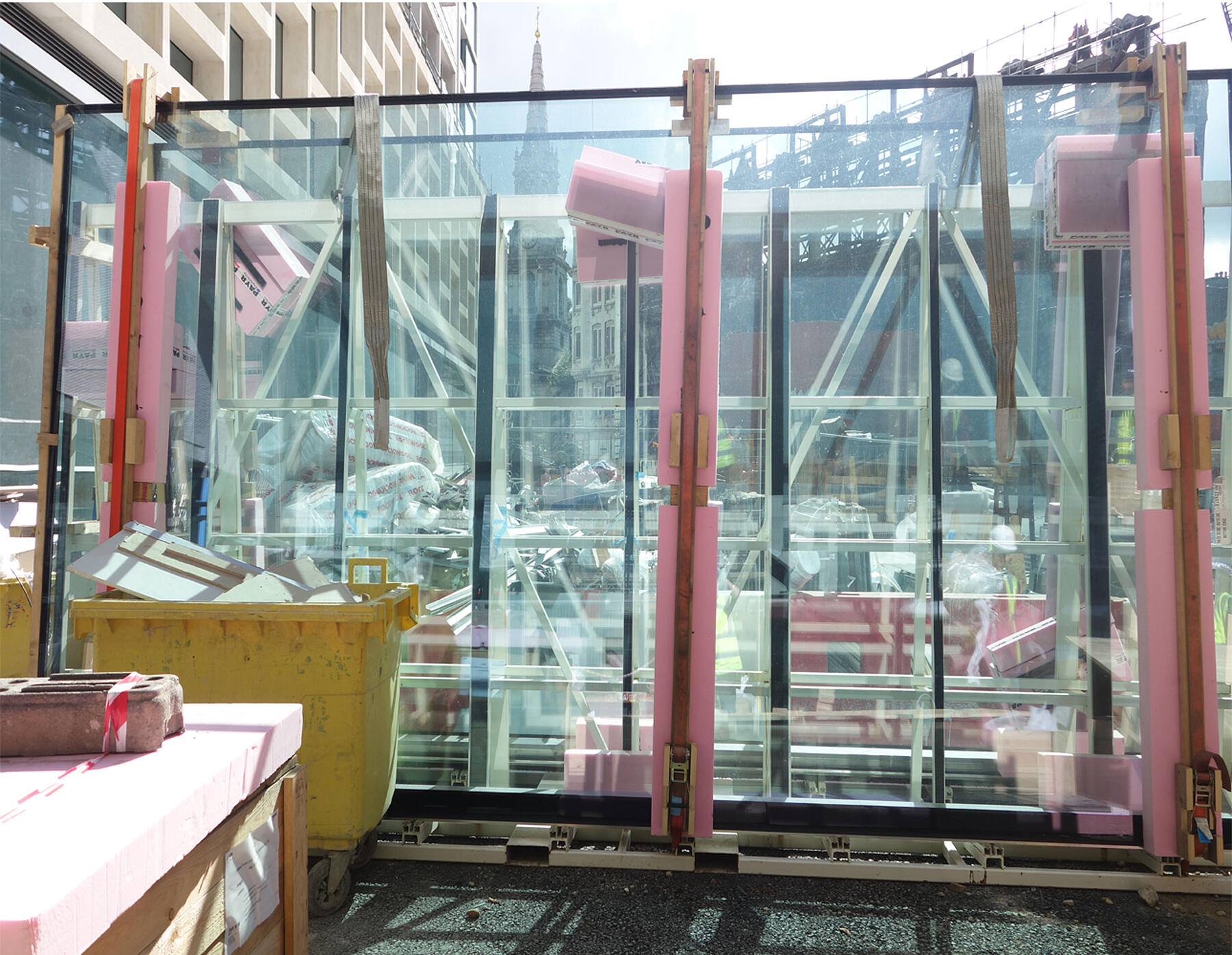Low Carbon Local Materials - Research
Low Carbon Local Materials - Research
An internal research project, which explores low carbon materials
“There are no sustainable materials. When it comes to sustainability, we strongly believer there are NO sustainable materials. There are sustainable attributes that can be assigned to materials, and their use – in context – that can lead us toward a lesser environmental (and social) footprint than others.”
Elodie Ternaux of Hyloh consultants, specialists in materials, process and circular design thinking
We use LETI’s Embodied Carbon Primer as the rule of thumb used at MICA for new buildings, with “school” to correlate to our institutional projects. These metrics show that approximately 48% of the building embodied carbon is contained within the substructure and superstructure, 13% in services systems, 22% in internal finishes and the remaining 17% is in the building’s façade. We collaborate thoroughly with our structural and services engineer partners and push for decarbonisation is all four of these areas.
In this study we have focussed facade for two principal reasons:
As architects we are responsible for the buildings appearance and the façade material is a principal factor of the appearance The external appearance of buildings is often governed by a multitude of external factors such planning, local interest groups, conservation, and is heavily scrutinised through the planning process which makes utilising new innovative low carbon materials difficult in many sensitive settings.
We should always strive to use the least carbon intensive material where possible but where these are dictated by external factors we should looks to specifying acceptable materials in the most efficient way.
Here, we consider three key façade materials that are common across many past MICA projects: brick, stone and glass. We know that other more emergent natural materials have lower carbon footprints and we continue to find ways to introduce these into projects. But as so much of our façade work is based on precedent and context, these three materials will continue to inform our work going forward.
Brick
There are 19 independent brick manufacturers in the UK but the industry is dominated by three large companies, who have purchased other smaller manufacturers. Bricks are typically manufactured by automated machines creating mechanical extrusion from soft clay mixed with water and natural materials, usually sourced from the immediate vicinity. Waste produced early in the manufacturing process can be reclaimed and reintegrated into brick products, and waste created later (fired bricks with flaws) can be reused for alternative purposes such as lower grade stock or aggregates.
Best use Clay bricks – where installed and maintained correctly – can have a service life in excess of 150 years. They also have high thermal mass and acoustic insulation. 6% of alternative materials are used in brick production, ensuring resource efficient use of clays. Around 5% of the sector’s electricity is directly provided by on-site renewable sources. Water is a major issue in the manufacture of bricks: proportionally, the quantity of non-mains sourced water has increased by 30% since 2011, and now accounts for 53% of total water consumption by the industry. Transport, delivery and packaging also need to be taken into account when looking at the carbon footprint of brick manufacture: 2019 saw a 1% improvement in carbon efficiency, per tonne of product, suggesting gains are currently incremental.
Recycling
Total quantities of waste are around 20kg per tonne of production, but over 95% of this is then recycled.
Locality The average brick delivery is less than 68 miles from manufacturing plant to site. When specifying bricks for a project we always look for the most local brickworks, as the stock will have a endemic synergy with the local site.
End of Life
No maintenance or repair is normally required, bricks are non-combustible and retain value. There is an unrivalled longevity in the product.
MICA continues to specify brick, as a high quality, robust, fire-proof, lively and location-specific material. The opportunity for site- and typology-specific detailing is endless, and the relationship in scale created when the familiar module of brick is arrayed across the building makes it palatable to planners, conservation specialists, clients and residents. Opportunities to support local skills and trades are reinforced by the specification of brick in UK projects. We always specify full brick facades rather than brick slips, which require a carbon-intensive steel armature.
Stone
Stone has been used a construction material for thousands of years. It has long been recognised as a material of endurance and outstanding quality. The Neolithic farmhouses of Skara Brae in Orkney, Scotland were built from stone over 5000 years ago and are still standing to this day. However, the use of stone in construction has declined over the past century.
Best use
The main environmental impacts associated with UK stone are related to processing the stone, transport of the stone to site and the volume of waste produced. However, the quarrying and processing is not very energy intensive compared with the production processes of other materials, such as concrete, and there are no high temperature process (such as firing with a brick) associated with stone production, making it inherently low carbon.
Recycling
Reducing building waste through reuse and recycling is imperative: large quantities of stone can be re-used either in the original structure as a retained facade or recovered for use in another building element, for example, façade stone split and re-used for flooring. The process of re-use is widely evident in ancient and medieval buildings. If stone cannot be reused and is segregated from other types of waste it can be crushed for use as aggregate.
Locality
The UK has a diverse range of natural stone reserves. Sourcing local material reduces carbon footprints by cutting down the distances they are transported. There is potential for reducing emissions in stone production by using electricity generated from renewable sources.
With our work in historic settings across the UK, MICA is often involved in sourcing stone that matches existing buildings and is regularly in contact with stone suppliers and quarries around the UK. While stone is often seen as a high-end material, it’s environment credentials give us good reason to propose it to clients regularly, and stone will always imply permanence.
Glass
The use of glass in buildings is generally unavoidable but glass has a high embodied carbon content of around 1.44kg CO2e/kg, and ways of mitigating this should therefore be pursued.
The manufacturing process of glass requires furnaces to heat to temperature of 1600°C to melt the raw materials which accounts for most of the embodied carbon. The primary source of this energy come from fossil fuels in the form of natural gas, and currently there is no technology to efficiently operate float glass plants using only electricity. There are only three UK based float glass lines, these float glass plants run 24 hours a day, 7 days a week for uninterrupted periods of 16 to 18 years, therefore improvements in efficiency can take a significant time to implement. The European industry for flat glass estimates that it will only be able to achieve a 5-10% reduction in CO2 emissions by 2030.
Glass has many properties not found in other construction material, primarily its translucency and light transmission. The glass industry points to the recyclability of glass along with the considerable improvements in performance over the existing building stock as its key sustainable features. Glass as a material is 100% recyclable, however glass used in the construction industry (flat glass) is currently recycled in very low quantities, in contrast to container glass (bottles, jars etc) which has a much higher rate of recycling. Waste glass is either downcycled into aggregate or disposed of in landfill, a small amount is downcycled into glass wool, aggregates and other products, but these products cannot be further recycled and therefore are not considered closed loop recycling.
Given the limited opportunities to reduce the embodied carbon in the production of new glass there are three avenues where we as architects have impact;
Best use of glass by reducing the quantity where possible Increasing the specification of recycled glass
Use alternative low carbon materials in place of glass where possible.
Best use
We carefully considered the expected life of the glass component. For example, triple glazed windows due to their increased embodied carbon may not have a higher carbon footprint if the operational carbon saved is not realised as they have a short life. Similarly, we carefully consider the type of framing: timber framed windows typically have the lowest embodied carbon. However as they require greater maintenance, which must be comprehensively communicated to clients, and life spans should be considered to ensure they are not replaced early.
We can specify and design glass to facilitate recycling:
Specifying low iron glass may reduce the opportunity to utilised recycled content. Design out the use of fritted glass
Design out the use of laminated glass where safe to do so Use glass assemblies that allow for refurbishment without the need to replace glass
We at MICA always ensure that we do not over-specify glass both in terms of glazing unit performance, and in quantities throughout our buildings. We work to ensure that we do not inadvertently reduce opportunities to recycle it at the end of its life. Our designs make judicious use of dramatic and effective light sources, with large panes used with great impact, but with no extraneous glazing.
Alternatives
There are no products or materials currently on the market that can completely replace glass but there are a few alternatives:
ETFE – translucent fabric used typically in pillows suitable for facades on large scale commercial projects
Polycarbonate – translucent rigid sheet material suitable for residential, although questions remain over sustainability, life span and UV stability
Transparent wood – still in development, and so far utilises resin so environmental credentials will need verifying as it reaches the market
Bio-based polycarbonate from limonene – still in development, life spans to be considered
Locality
Glass is still manufactured at three plants in the UK, and widely within Europe. To ensure the lowest carbon emissions from transport, we endeavour to specify glass that can be manufactured in the UK, which means limiting individual glazing unit sizes to that which corresponds to local manufacturing restrictions, typically a maximum of around 3.3m on one side. Along with reduced transportation, an important consideration is the typically higher environmental standards within the UK and EU in respect to energy use and recycled content of glass over imported glass.
We take our commitment to Architects Declare: Climate and Biodiversity Emergency very seriously and have looked in depth at the materials we use across our projects, examining how we can reduce the embodied carbon of the materials that we know are empathetic to conservation areas and sensitive historic settings, where so much of our work is embedded. We are in continual dialogue with manufacturers, suppliers and subcontractors to improve the environmental credentials of the materials and systems we specify, allowing our buildings to have a positive impact on the environment and society. This work is supported by our dedicated materials librarian Margaret Pope, who brings evolving materials to our attention and keeps the palette expanding.
We recommend the following further reading:
Embodied Carbon: LETI’s Embodied Carbon Design Guide
https://www.leti.london/ec-workstream
Brick: Brick Development Association
https://www.brick.org.uk/admin/resources/bda-sr-2020-1.pdf
https://www.brick.org.uk/admin/resources/brick-charter-criteria-doc-pd-feb2021-web-1.pdf
Stone: Steve Webb of Webb Yates on stone as a structural material in the RIBA Journal https://www.ribaj.com/intelligence/stone-as-a-structural-material-embodied-carbon-sustainability
Research by Serena Cardozo, Will Armstrong and Margaret Pope
